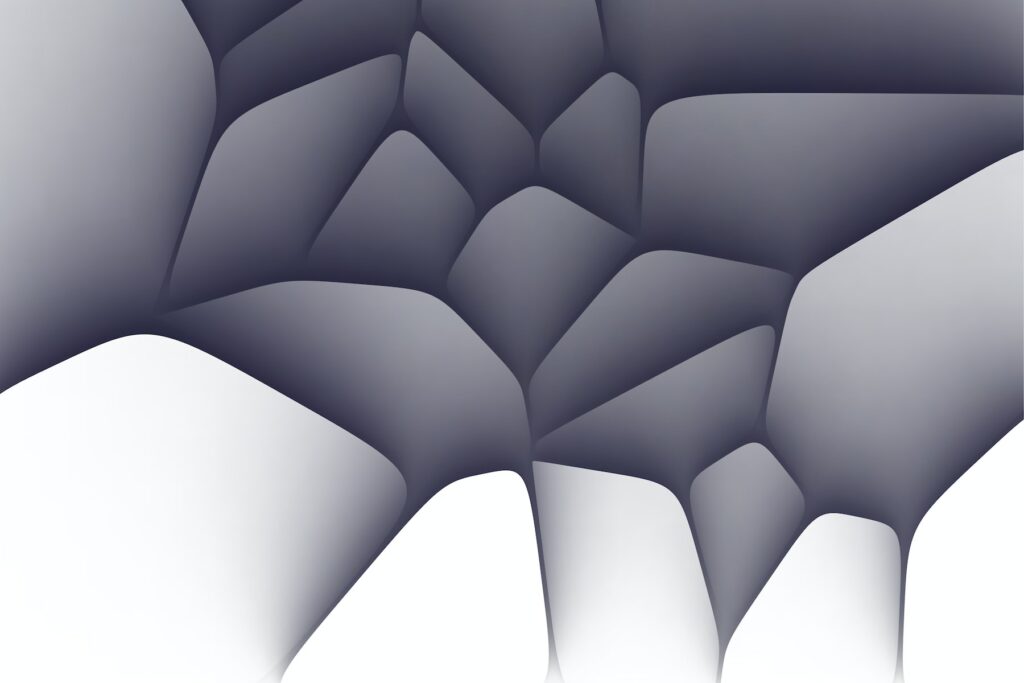![The ‘Giveaway Piggy Back Scam’ In Full Swing [2022]](https://www.cjco.com.au/wp-content/uploads/pexels-nataliya-vaitkevich-7172791-1-scaled-2-683x1024.jpg)

ZoeDepth: Breaching Barrier in Depth Estimation with Combined MDE and RDE Approach

As Seen On
Our perception of depth is a complex interplay between reality and illusion. To understand this, let’s consider the Ames Room illusion, a distorted room that creates an optical illusion of depth perception. The simple trick behind this illusion underscores the adeptness of the human brain in perceiving depth. Unfortunately, computers still struggle to match this innate skill due to the complex issue of depth estimation in computer vision.
Pushing the boundaries in this little-explored territory is a new concept named ZoeDepth, which seeks to optimize depth estimation packing a promising potential to revolutionize applications like robotics, autonomous vehicles, virtual and augmented reality, to new heights.
Understanding Depth Estimation
The whole idea of depth estimation centers around determining the distance of objects in an image or a video from a particular view. This estimation forms the core of a multitude of applications that we use in our day-to-day lives. For instance, for a robot to navigate its surrounding safely, or an autonomous vehicle to dodge an unforeseen obstacle, or in creating more immersive experiences in virtual reality (VR) and augmented reality (AR), accurate depth estimation is crucial.
Depth estimation traditionally branches into two methodologies, namely, Metric Depth Estimation (MDE) and Relative Depth Estimation (RDE). MDE aims for absolute distance or real-world depth representation, while RDE estimates distance relative to other objects in the image.
Tracing the Dilemma: MDE VS RDE
Despite their contributions to the field, both MDE and RDE methodologies boast flaws that hinder optimum utilization. As different datasets across various depths are used to train MDE models, they often face issues when there are large depth scale differences between the data. On the other hand, RDE models suffer due to the lack of a metric meaning for predicted depth, thereby impeding their robustness and adaptability.
ZoeDepth: Blending MDE and RDE
To capitalize on the strengths and effectively address the shortcomings of MDE and RDE, researchers introduced ZoeDepth. This innovative two-stage framework is a brainchild of continual efforts to enhance the accuracy and scalability of depth estimation. By the smart integration of metric and relative depth, ZoeDepth offers a flexible and potent approach to depth estimation, marking a significant stride in the world of computer vision.
Looking towards an Optimized Future
With the introduction of ZoeDepth, the field of depth estimation is poised to witness an exciting transformation. As the intricate issues of traditional depth estimation methods are addressed, this approach is likely to improve the functioning of various applications enormously. By bringing computers one step closer to understanding depth as human brains do, ZoeDepth is indeed set to redefine the norms of computer vision.
In the ongoing quest to optimize depth estimation, ZoeDepth marks a defining moment. By intertwining the concepts of MDE and RDE, this groundbreaking approach mediates the limitations of traditional depth estimation methodologies. As we head into an exciting future of computer vision, ZoeDepth is leading the charge, promising enhanced robotics, autonomous vehicles, VR, and AR experiences. All eyes are now on the horizon as we await the full-fledged realization of this newfound potential.
Casey Jones
Up until working with Casey, we had only had poor to mediocre experiences outsourcing work to agencies. Casey & the team at CJ&CO are the exception to the rule.
Communication was beyond great, his understanding of our vision was phenomenal, and instead of needing babysitting like the other agencies we worked with, he was not only completely dependable but also gave us sound suggestions on how to get better results, at the risk of us not needing him for the initial job we requested (absolute gem).
This has truly been the first time we worked with someone outside of our business that quickly grasped our vision, and that I could completely forget about and would still deliver above expectations.
I honestly can't wait to work in many more projects together!
Disclaimer
*The information this blog provides is for general informational purposes only and is not intended as financial or professional advice. The information may not reflect current developments and may be changed or updated without notice. Any opinions expressed on this blog are the author’s own and do not necessarily reflect the views of the author’s employer or any other organization. You should not act or rely on any information contained in this blog without first seeking the advice of a professional. No representation or warranty, express or implied, is made as to the accuracy or completeness of the information contained in this blog. The author and affiliated parties assume no liability for any errors or omissions.

